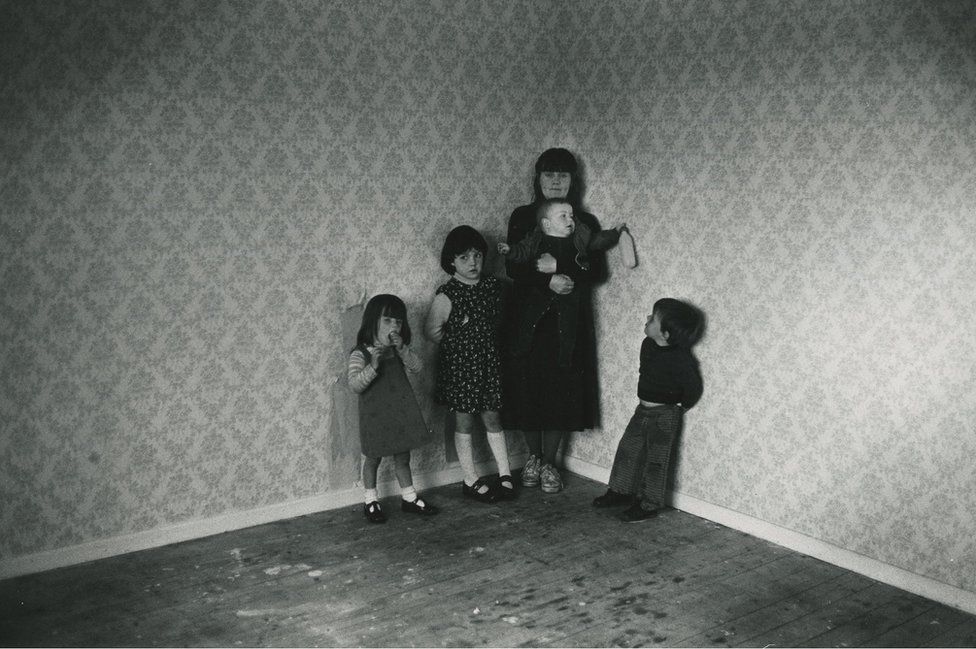British life through the eyes of Colin Jones
- Published

Colin Jones's life could have been very different. He was a dancer with the Royal Ballet when he picked up a camera while on tour in Japan and began to record his colleagues' performances.
His eye for a picture brought him to the attention of one of the great photojournalists of the 1950s and 60s, Hungarian emigre Michael Peto. And with his help and guidance, Jones stepped off the stage and behind the lens.
Born in east London in 1936, Jones captured social change across the UK. From the Gorbals in Glasgow to the docks of Liverpool, his pictures helped explain the country to readers of The Observer and subsequently the Sunday Times newspapers.
Those images now form an important record of the post-war years, documenting the struggle to survive in tough economic times and the daily routines of an age that now seems long gone.
His skill lies in his ability to convey a wider story through a single image, drawing the viewer into the scene through the use of shape and form.
Jones travelled widely too. Among other places, he visited Leningrad, as was, bringing life behind the Iron Curtain to the breakfast tables of the west.
Perhaps his best known photographs were taken while on assignment for The Sunday Times.
In 1973 he was asked to photograph Harambee, a housing project for young black people in Islington, many seemingly on the wrong side of the law.
But instead of taking pictures that would have reinforced pre-conceived notions, Jones devoted time to getting to know his subjects and building a rapport with them.
This empathy with a marginalised community resulted in a powerful set of photographs which were shown at The Photographers' Gallery in 1977 in an exhibition called The Black House, which later toured widely.
Those images and many others from Colin Jones's long career are on show at the Michael Hoppen Gallery in London until 3 June.